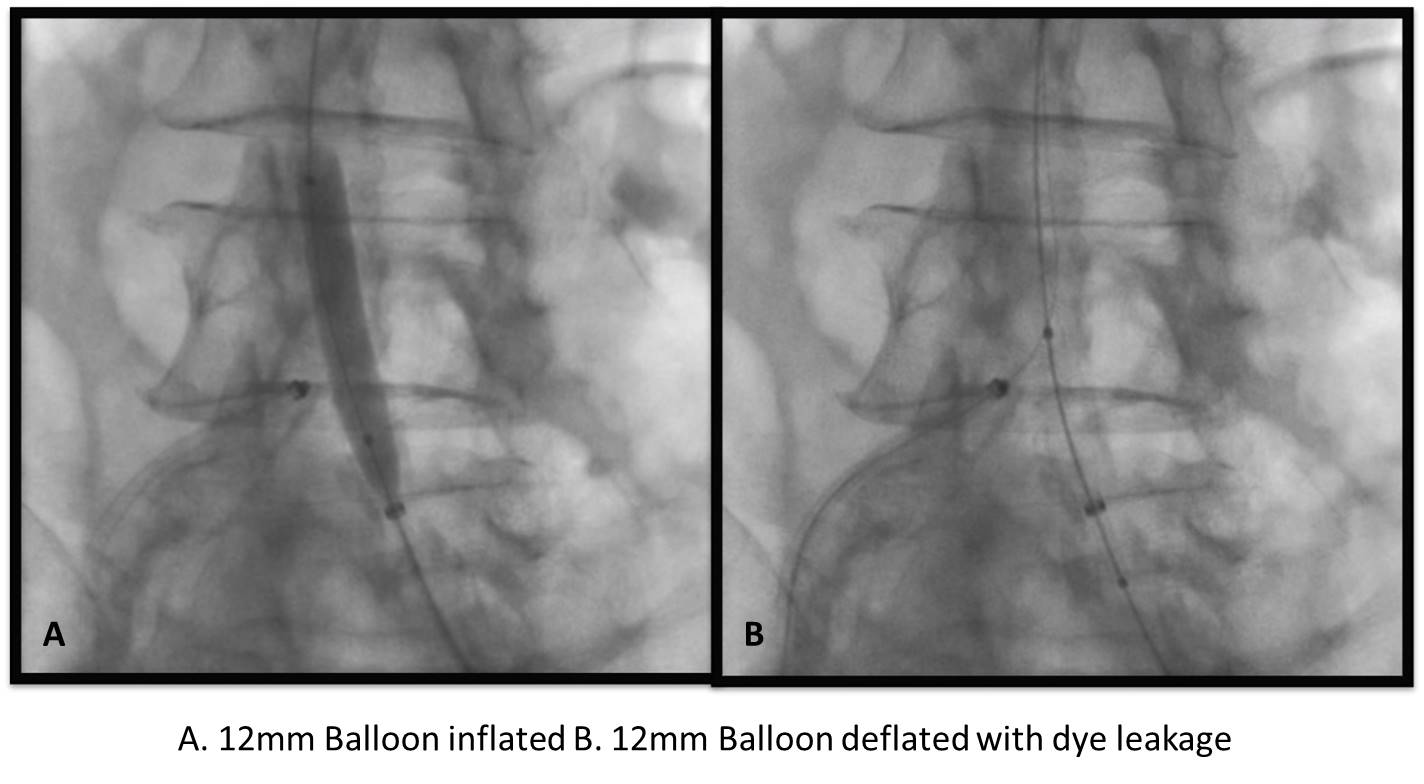Back to 2016 Annual Symposium ePosters
Novel technique for aortic reentry using a robotically steered needle and a targeting balloon
Ali Irshad, MD, Ponraj Chinnadurai, Jean Bismuth, M.D., Alan B. Lumsden, M.D..
Houston Methodist Hospital, Houston, TX, USA.
OBJECTIVES: Endovascular approach to treat aortoiliac disease is an accepted alternative for patients that are not ideal candidates for open surgery. Robotic-assisted procedures have emerged in vascular surgery as an alternative to open procedures and as an effective complement to endovascular techniques. We report 2 cases of patients with intractable unilateral iliac occlusions who successfully underwent iliac stenting after recanalization using robot-assisted endovascular reentry devices.
METHODS: A 57-year-old man with bilateral rest pain, nonhealing ulcers with a chronic total occlusion of his left common iliac, had previously undergone an unsuccessful attempt at recanalization. A 71-year-old man with an occluded aortobifemoral bypass and occluded native bilateral iliac arteries presented similarly and also had previously unsuccessful endovascular attempt. The Hansen Magellan Endovascular Robotic system was used to traverse the resistant CTO in both. After navigating within the occlusion to the distal aorta, the leader catheter was removed and an Off-road Reentry System (Boston Scientific) inserted through the sheath. A 12mm balloon was delivered through the contralateral iliac artery and inflated to 2 atm pressures in the distal aorta. Using a biplanar projection, the robotic sheath oriented and then advanced the needle until it pierced the aortic balloon. Dye leakage from the balloon confirmed aortic reentry. Concomitantly a 0.014 wire was advanced through the re-entry needle into the deflating balloon. The balloon was advanced up the aorta, freeing the wire. Once the balloon was retrieved, stenting of the iliac artery could proceed using standard techniques.
RESULTS: Successful recanalization of previously recalcitrant iliac arteries was achieved and kissing iliac stents in both patients with satisfactory angiographic result.
CONCLUSIONS: While not always technically feasible alone, endovascular stenting of recalcitrant iliac CTO using a reentry system with the robot is a safe and effective method and avoids the morbidity and mortality related to open repair such as aortouniiliac or femoral-femoral bypass. This technique allows highly controlled reentry through recalcitrant iliac stenosis with the combination of robotic control and use of targeting a balloon whose deflation also serves to facilitate reentry. 
Back to 2016 Annual Symposium ePosters
|







